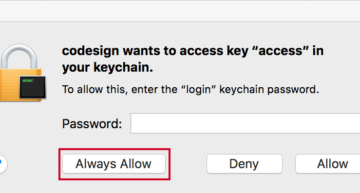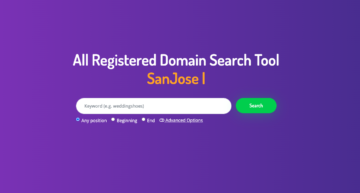
Top 7 considerations when domain leasing.
Quick Summary of Contents
- 1 Review and consider these 7 tips when domain leasing.
- 1.1 1. Get it in writing.
- 1.2 2. Use an attorney AND domain broker.
- 1.3 3. Don’t forget specificity.
- 1.4 4. Understand the lease term in its entirety.
- 1.5 5. Don’t forget to include a lease purchase option.
- 1.6 6. Don’t forget to include a first right of refusal.
- 1.7 7. Consider month-to-month or an annual lease term.
- 2 All the best with finding the perfect domain to lease…
- 3
The price of .com domains has skyrocketed, as have the number of domain leasing opportunities.
Much like physical real estate, domain names, especially .com domains, have become quite expensive and will likely increase exponentially in years to come.
From small start-ups to mom-and-pop shops to national chains to global conglomerates, the one commonality all can agree on is the need for a premium domain name to generate greater customer growth and revenue for their business.
With more and more businesses being started by entrepreneurs or those involuntarily forced to, the need for a short, memorable, and search-friendly .com domain name is in great demand. At the same time, those mentioned attributes of a .com domain name are in short supply.
Many short, memorable, and search-friendly .com domain names are accounted for and have been for quite some time.
Business owners starting in business or looking to take their start-up to the next level will pay more than a pretty penny to secure ownership in such domain names.
Knowing that a premium .com domain name may be out of your grasp or price range, leasing a domain name instead of buying it is becoming a less expensive, popular, and simple way of starting or taking an online business to the next level.
Domain leasing offers a business an opportunity to secure prime virtual real estate without having to come up with a large sum of cash at once, and leasing domains keeps a desirable domain name out of competitors’ hands.
However, domain leasing is subject to some terms and conditions for a defined time.
When this time expires, the two parties can sign a contract renewal agreement, or the company may wish to buy the domain if their online business is going well.
Review and consider these 7 tips when domain leasing.
In addition, there might be some negative aspects of domain leasing for selected companies or businesses, so I offer the following to review and consider when leasing a domain name:
1. Get it in writing.
For safety, make sure you, as the renter, and the domain owner have a solid and trustworthy lease agreement signed by both parties.
Without an agreement, you might lose revenue if the domain owner suddenly changes the DNS record to stop further traffic to your website.
2. Use an attorney AND domain broker.
Contact a professional attorney and an experienced domain leasing broker to make the contract instead of doing everything yourself.
Although it may sound tempting to forego all the important steps and jump to building your website and making it online, this urgency may be detrimental in the long run if the other party is unreliable.
3. Don’t forget specificity.
When drafting the contract, you need to consider some key points.
These include the contract term, purchase option, first right of refusal, and the price or the rent amount.
Ensure every point is given adequate importance and completely understood by both parties without any ambiguity.
4. Understand the lease term in its entirety.
The term means how long you can use the domain as a renter. Most companies consider leasing for a full year. However, lease terms may also be as short as a month. If you are considering additional terms, agree on a rent amount for those terms.
5. Don’t forget to include a lease purchase option.
The option to purchase the domain later is one of the most important points in a lease agreement.
When you start a business, you’re not sure how things will turn out regarding revenue generation, particularly in the case of online businesses.
Sometimes you do so well that you have no reason whatsoever to quit.
In such a case, you would like to buy the domain name you’re using to continue your business operations as the domain owner rather than the renter.
It is, therefore, very crucial to discuss the purchase option beforehand.
6. Don’t forget to include a first right of refusal.
Loyalty, or right of first refusal, means the domain owner is allowed to sell the name if they receive a tempting offer and the lease term has not yet ended. If you, as a renter, allow this to happen while things are going pretty well, you will lose a lot of money. So, allow this only if you are not serious with your business or wish to call it quits after the lease term ends.
7. Consider month-to-month or an annual lease term.
Decide on a rent amount and how frequently you are required to pay.
If you choose a yearly plan and are considering multiple terms, you may want to offer the domain owner a payment for the first two or three years.
The rent term may also increase over time, and the domain owner decides this.
All these points should be mentioned in the lease agreement so that nothing happens without the consent of either party.
All the best with finding the perfect domain to lease…
Consider these top 7 things carefully when domain leasing, and remember that leasing domain names are a tempting option for both the owner and the renter.
However, if things are not properly handled, both parties may suffer much money lost due to this exploitation.
It is, therefore, very important to do your homework and explore all other options before leasing domain names for the new venture you plan to take on.













